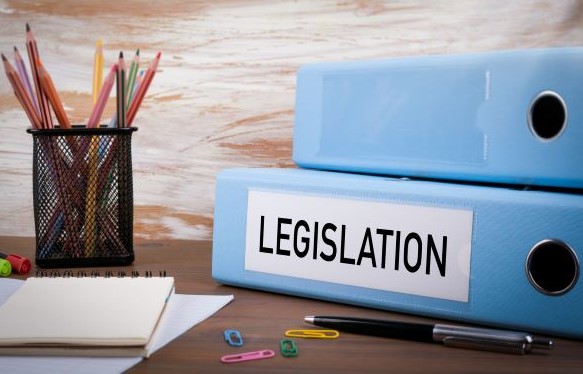Congress Takes Another Whack at WEP - FedSmith

Earlier this month, Rep. Kevin Brady (R-Tx-8) H.R.5834 titled the “Equal Treatment of Public Servants Act” designed to address concerns voiced by proponents of Social Security’s Windfall Elimination Provision (WEP). FedSmith.com’s Ian Smith takes a look at the revisions proposed by H.R. 5834, noting that the bill has added 38 co-sponsors since its submission. In his summary, Smith notes that the new bill includes several key changes, including a rebate for certain folks affected by WEP, changes to the provision’s formula for future retirees, and inclusion of the assurances for those between the ages of 22 and 59 that the maximum benefit would be applied.
Smith also noted that this is the second time around for this bill–a previous version was introduced in the 116th Congress with no success. His summary also recapped similar bills in the 117th Congress calling for changes to WEP and/or a similar provision known as the Government Pension Offset (GPO)…see H.R. 2337 and H.R. 82. To read the Ian Smith post, click here…
AMAC and the AMAC Foundation have extensively researched the issue of WEP and the continuing calls for reform on the legislation. For background purposes, we note that in Social Security’s early years, Federal,[1] State and Local Government (SLG) agency employers (thus their employees) could choose not to participate in nor contribute to the Federal Social Security program. Federal and SLG agency employers so choosing provided enhanced pension benefits for employees which, in effect, offset the loss of future Social Security benefits resulting from not contributing to Social Security. But many SLG employees also worked in other jobs contributing to Social Security over their lifetime, thus entitling them to both Social Security benefits and an enhanced Federal or SLG pension. This was viewed as “double-dipping” because the SS benefit formula is weighted to provide a higher percentage of pre-retirement income replacement to lower income workers. Those with a “non-covered” SLG pension artificially appeared (to the SS benefit formula) as being lower-income workers, giving them an unfair advantage over others without a non-covered pension. This unfair advantage was viewed as a loophole, resulting in WEP being enacted in 1983 as one of many cost-saving elements in broader legislation which restored Social Security to solvency for decades.
The procedure to offset and reduce SS benefits for those with a non-covered pension was controversial even before WEP was enacted. One school of thought was that the WEP-PIA should be computed by using both covered and non-covered earnings, and then have the PIA reduced by the ratio of covered to non-covered earnings. This was known as the proportional formula. Other proposals favored a modified benefit formula that would change the first replacement percentage in the normal benefit formula for workers with a non-covered pension (i.e., change the percentage used for the first bend point). Ultimately, a comprise was reached which gave us the formula which still exists today – the 90% factor in the first bend point is reduced according to the number of years of substantial SS-covered earnings the person has, maximum reduction to 40%.
Needless to say, WEP has been unpopular since enacted in 1983. Over the years, many bills have been submitted in Congress to either eliminate WEP entirely or change (reform) the way the WEP-PIA is computed to make it less punitive. All recent reform bills offered a variation of the proportional formula, but those proposals result in sometimes worse WEP cuts than the current formula. In that case the reform bills propose remedy by supplementing some WEP SS benefits from the General Treasury. Interestingly, no reform (or WEP elimination) bill in Congress has every made it past being “referred to committee.” Most bills do acquire many co-sponsors, presumably to provide co-sponsoring Congressional Representatives with cover from irate WEP-affected constituents.
[1] Federal employees started contributing to Social Security under a different retirement plan called “FERS” in 1986. Only those Federal employees who retired under the previous “CSRS” plan are affected by WEP.
